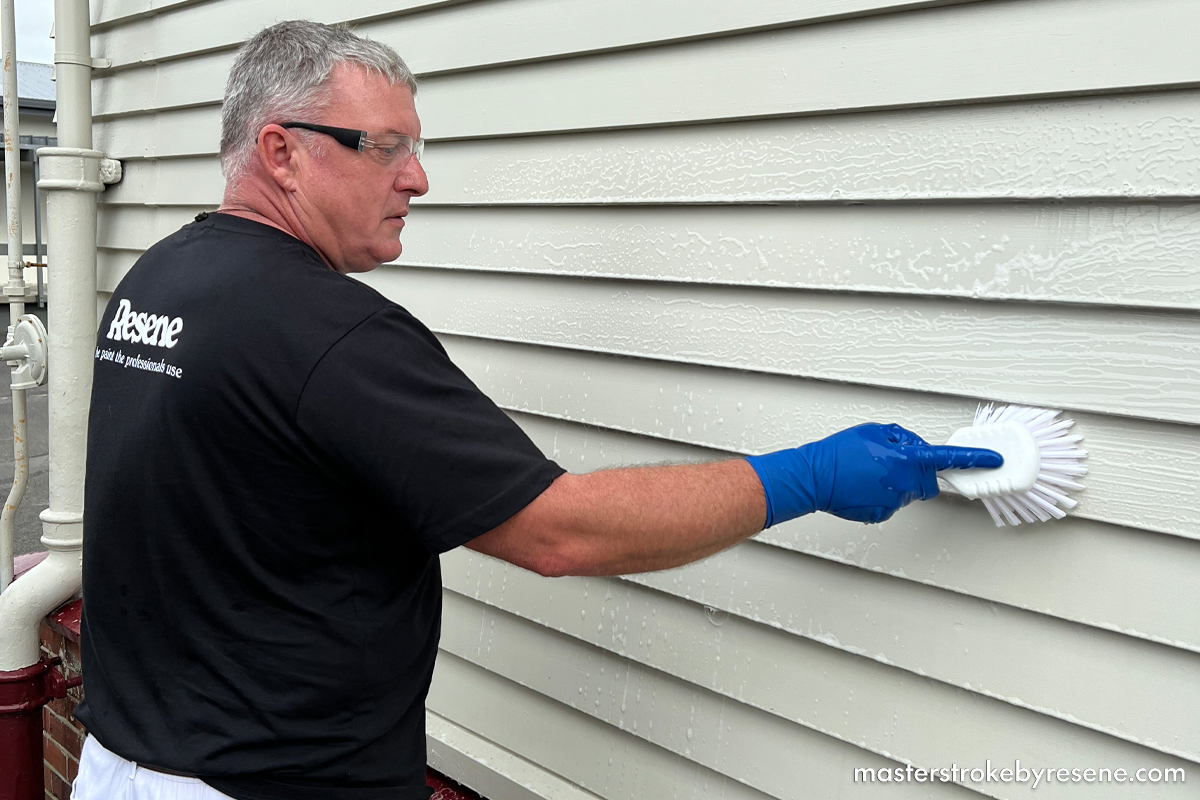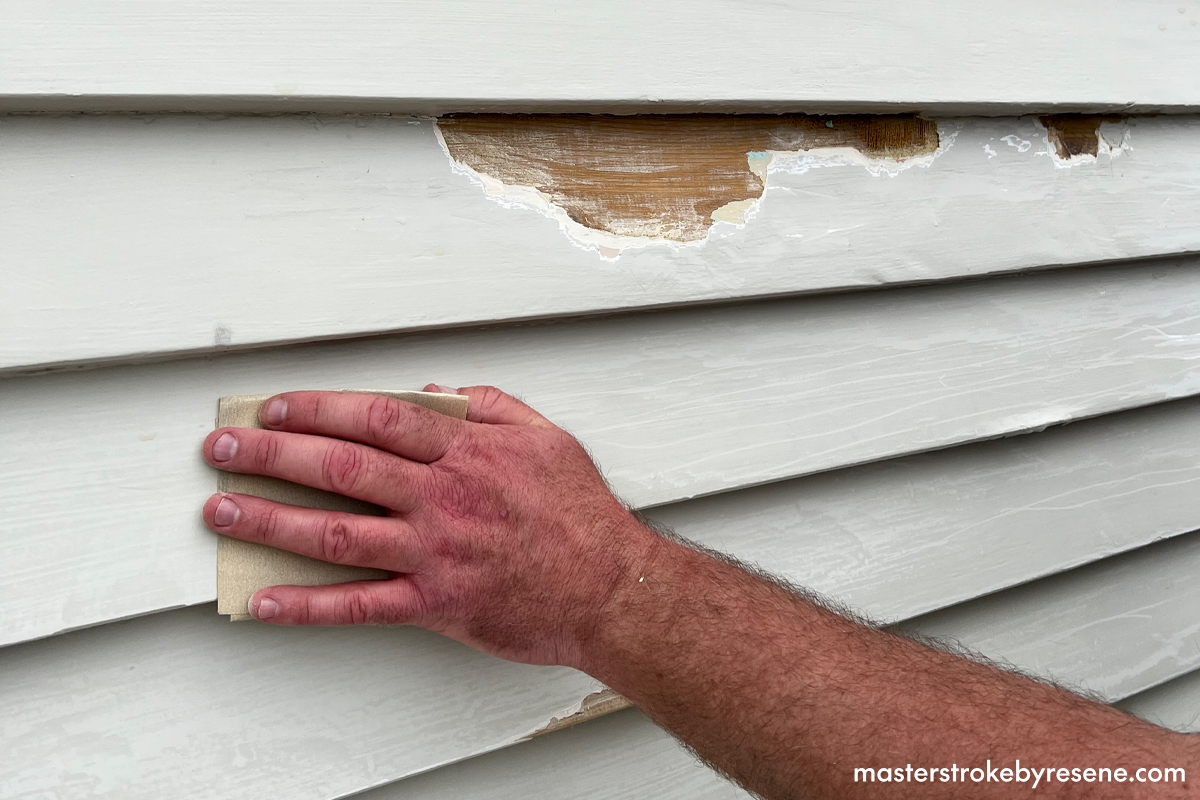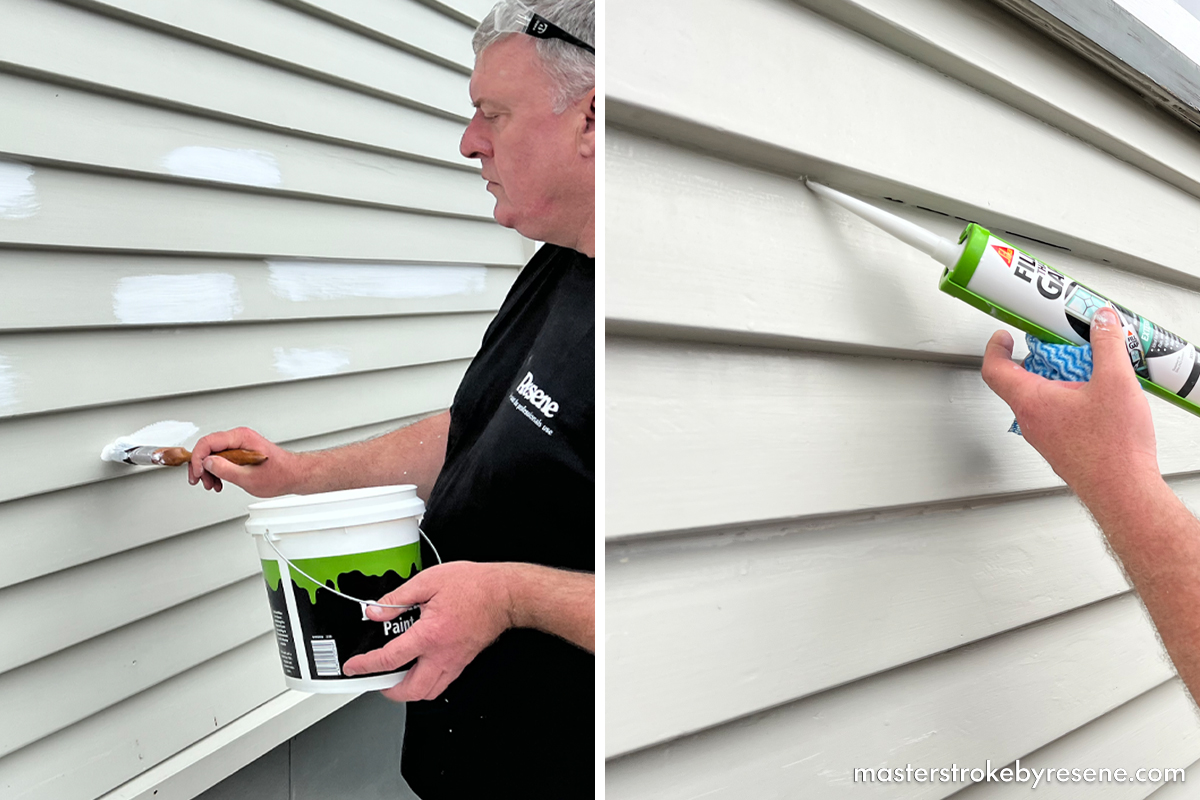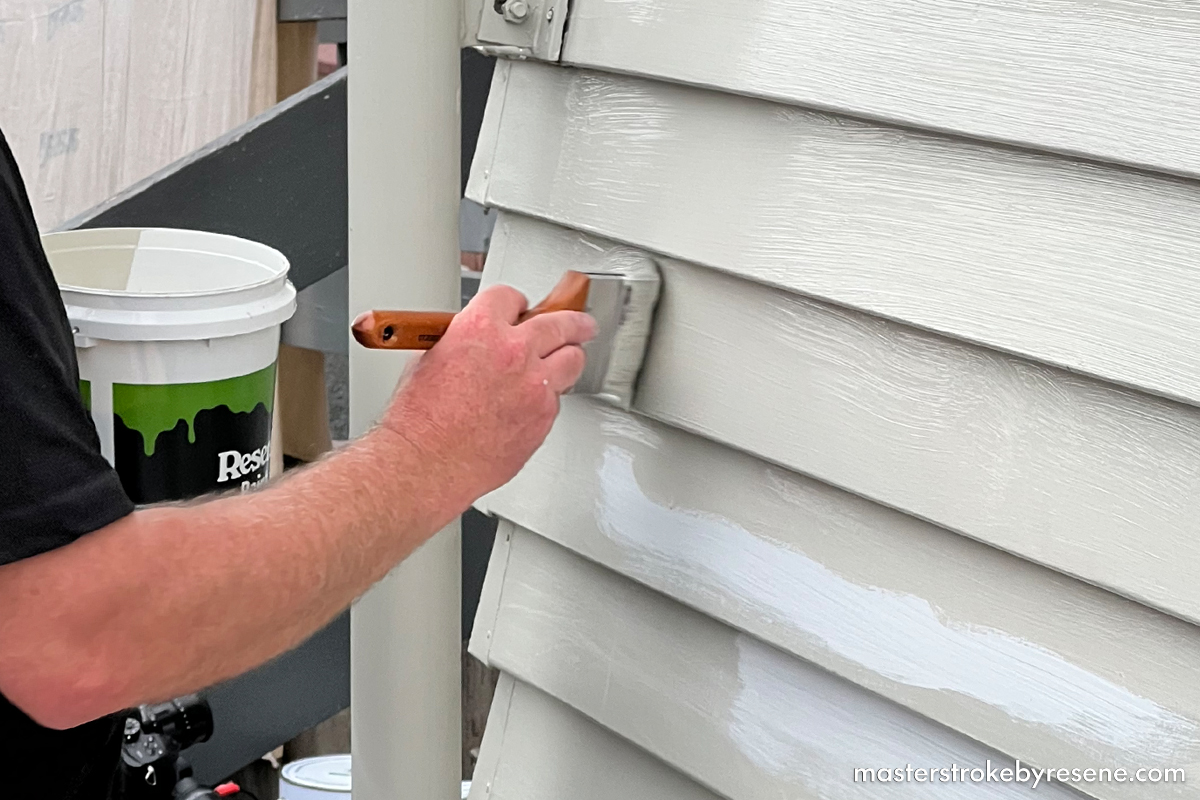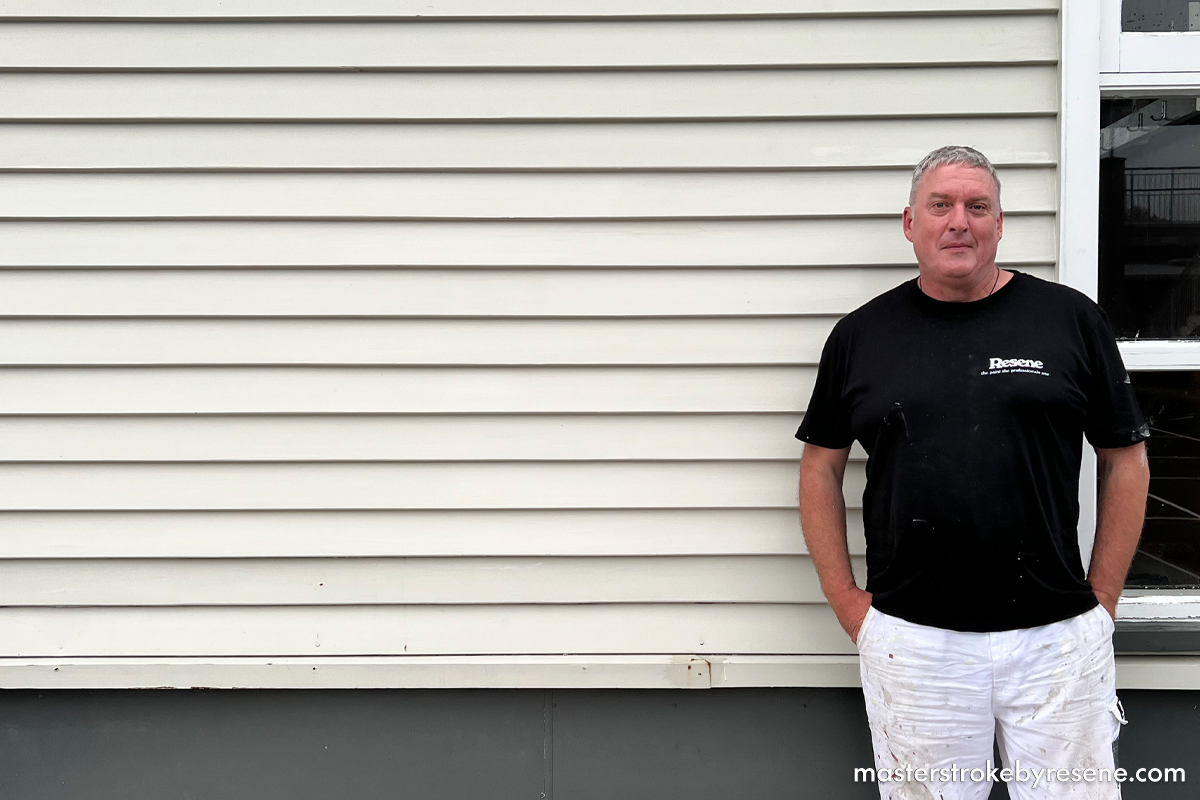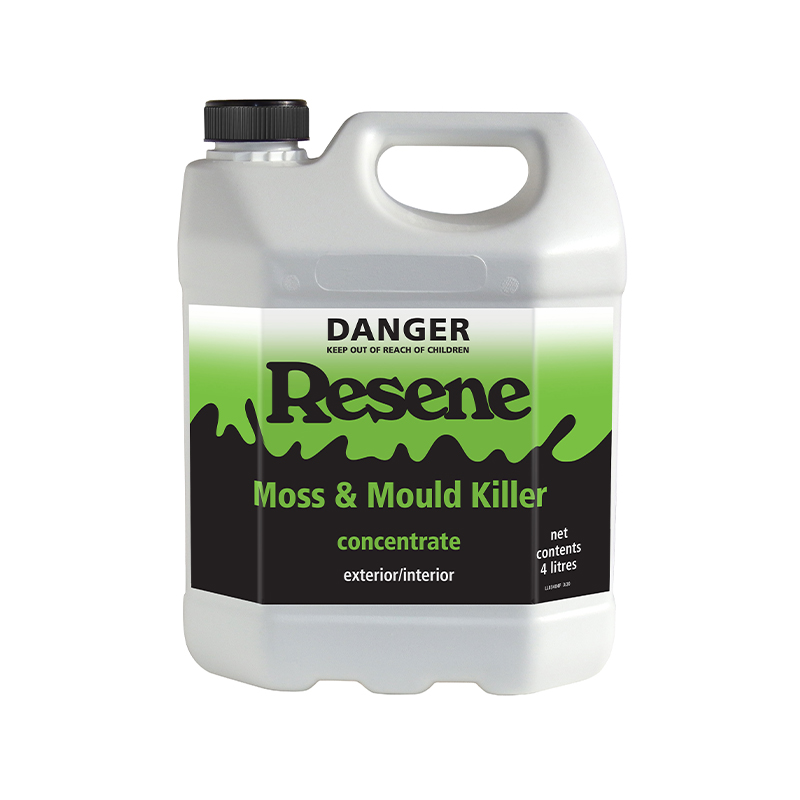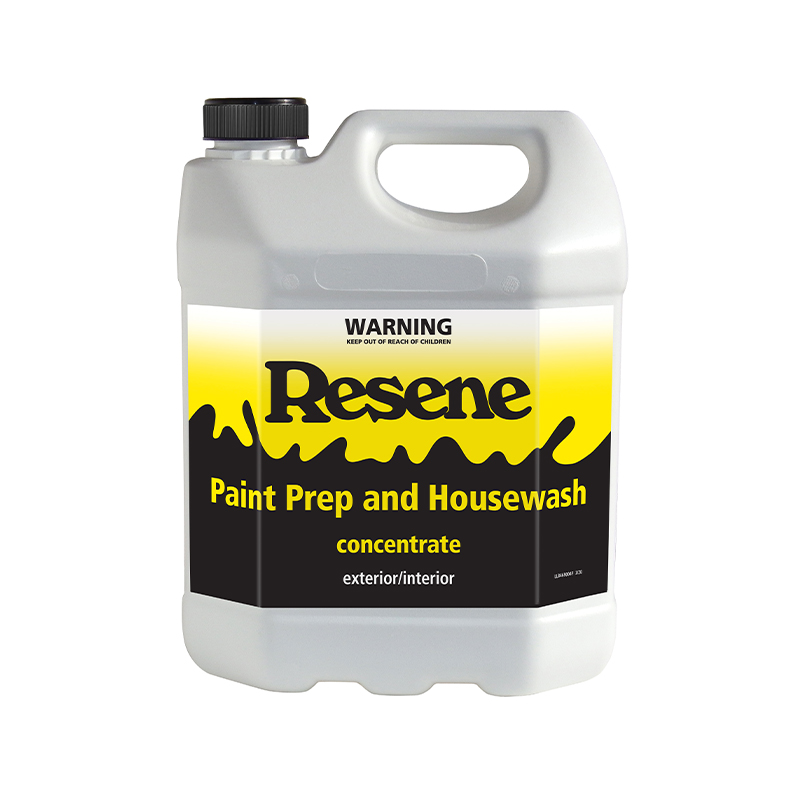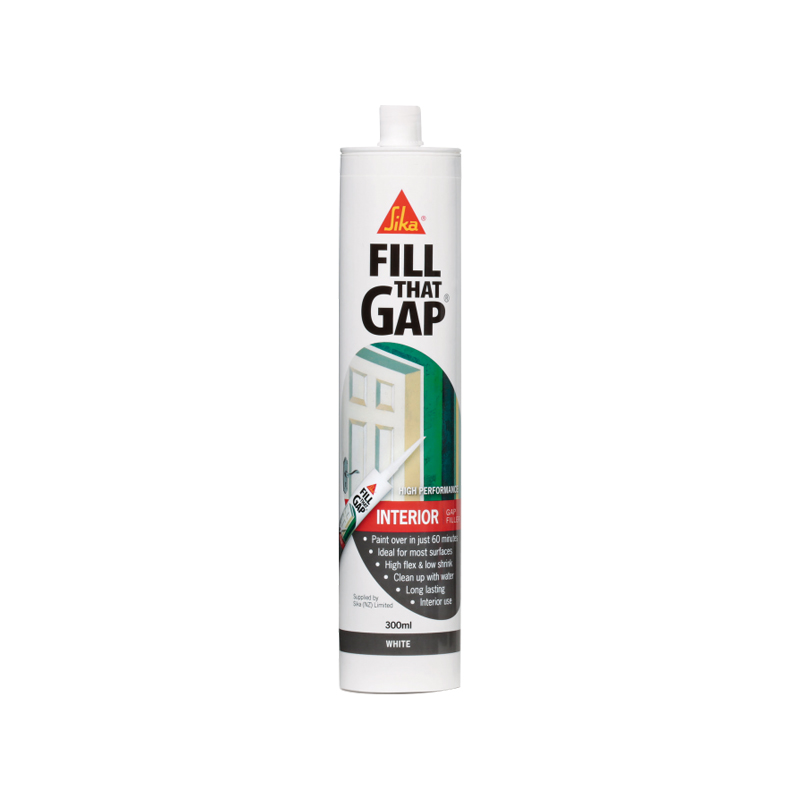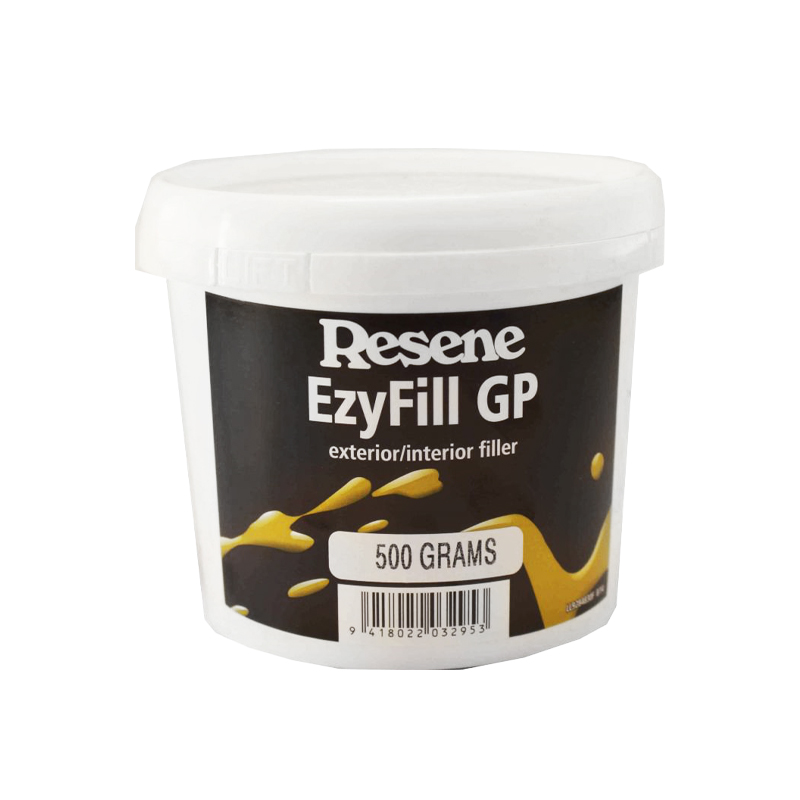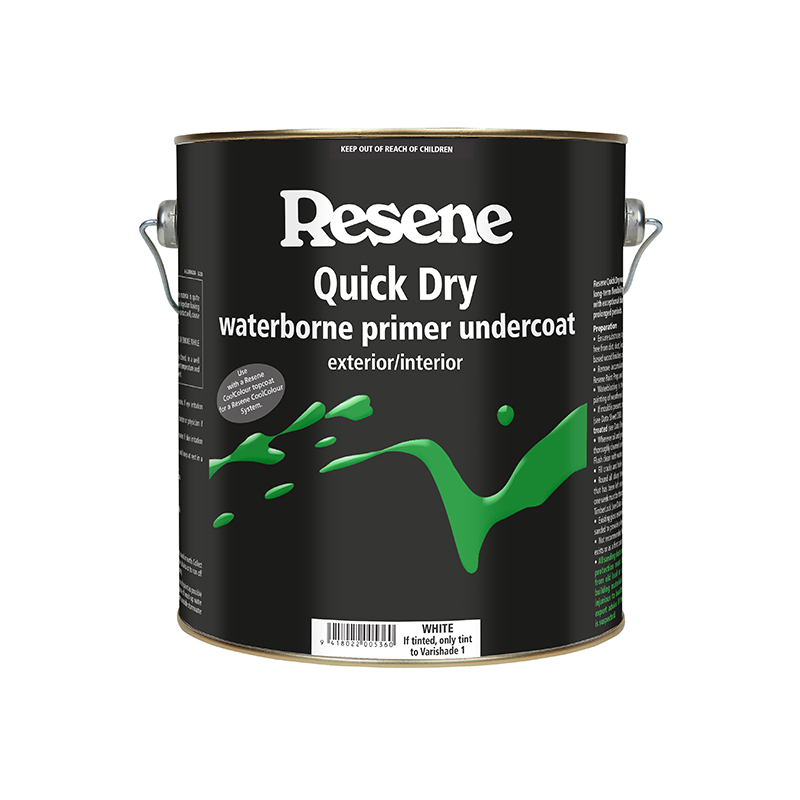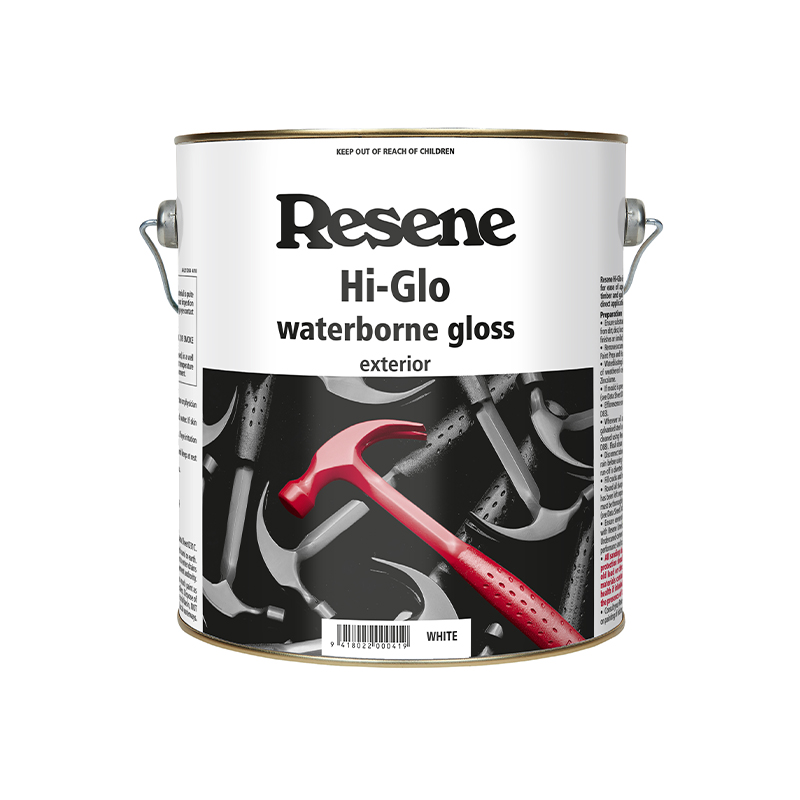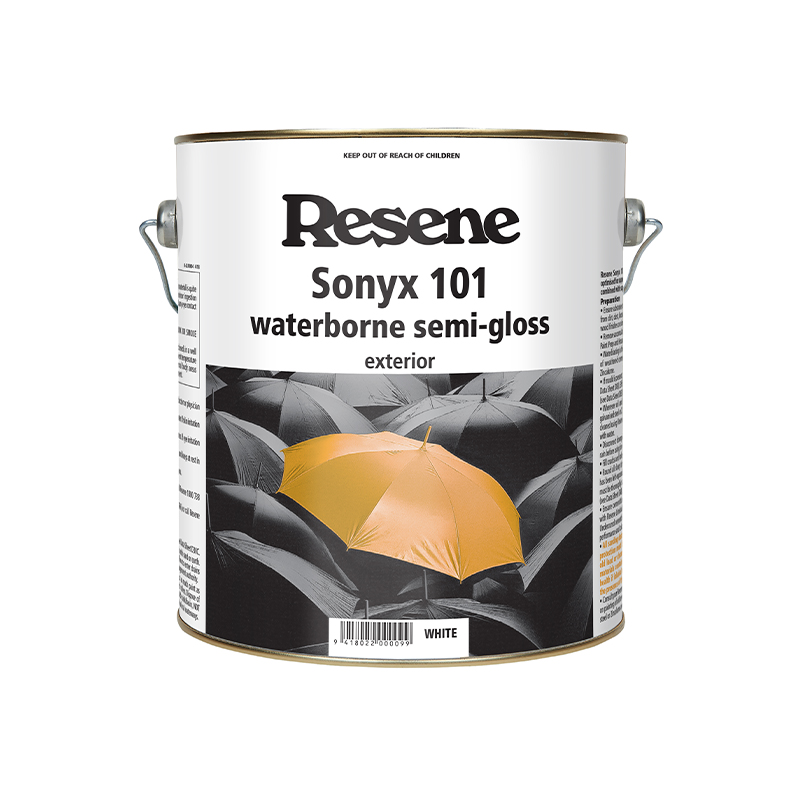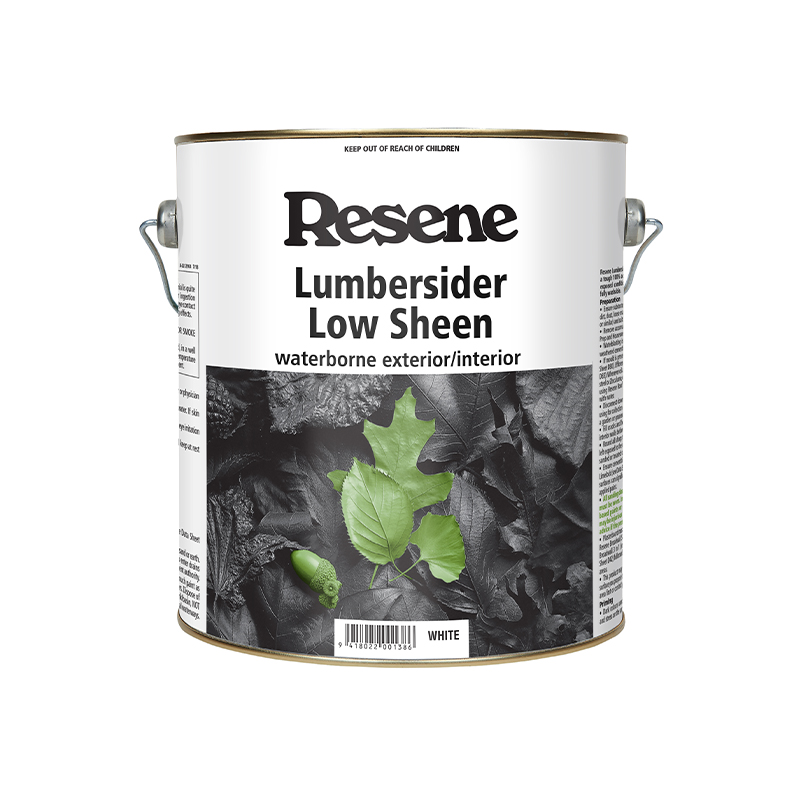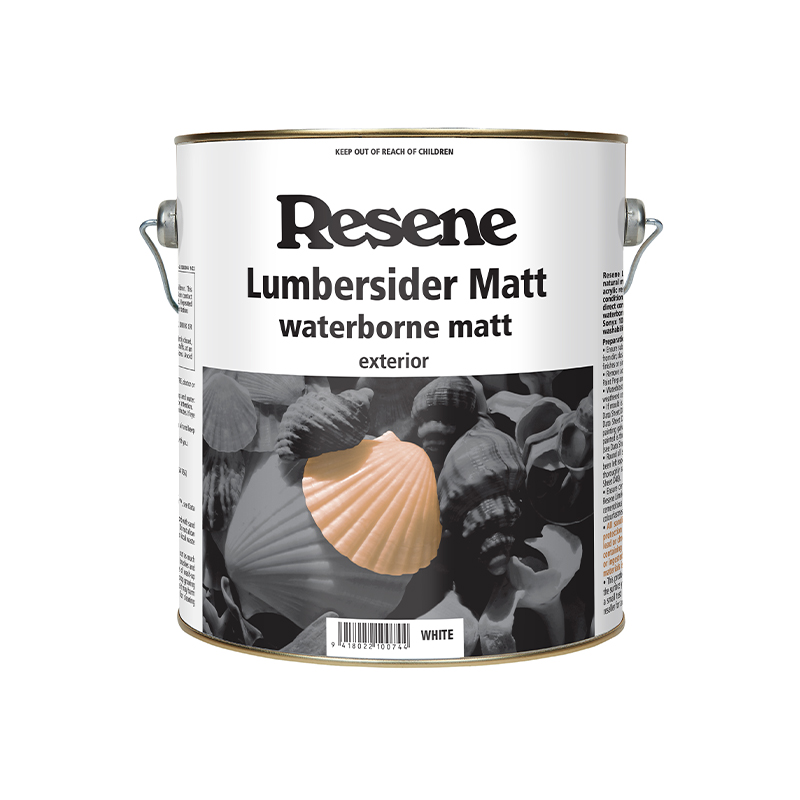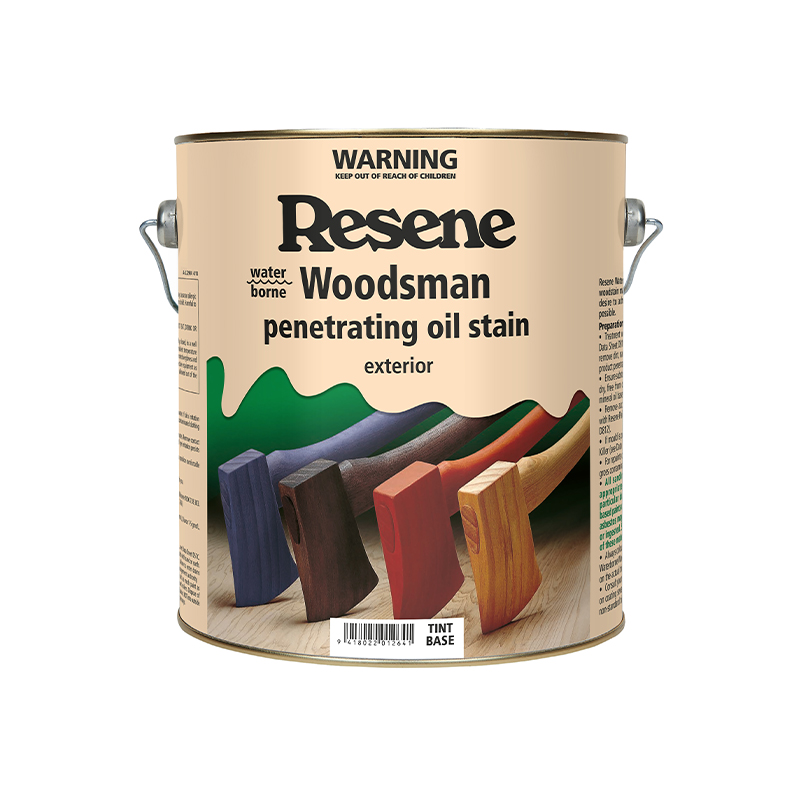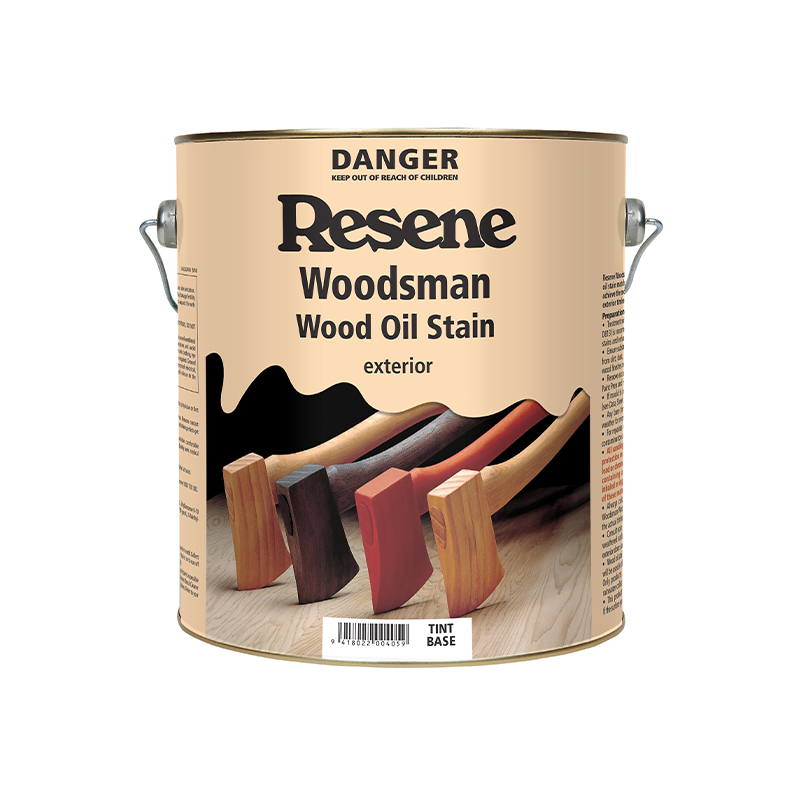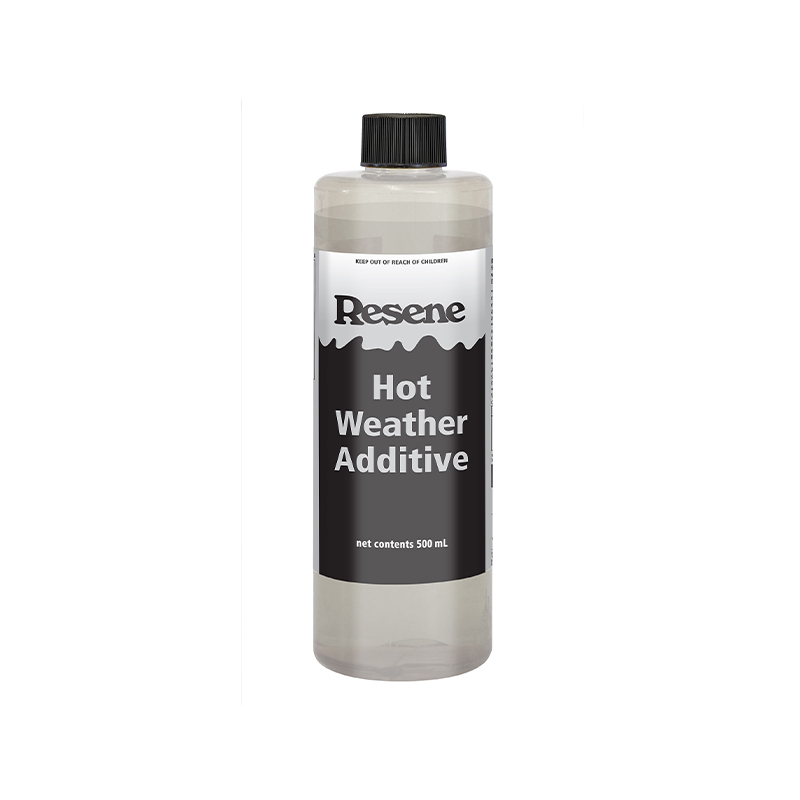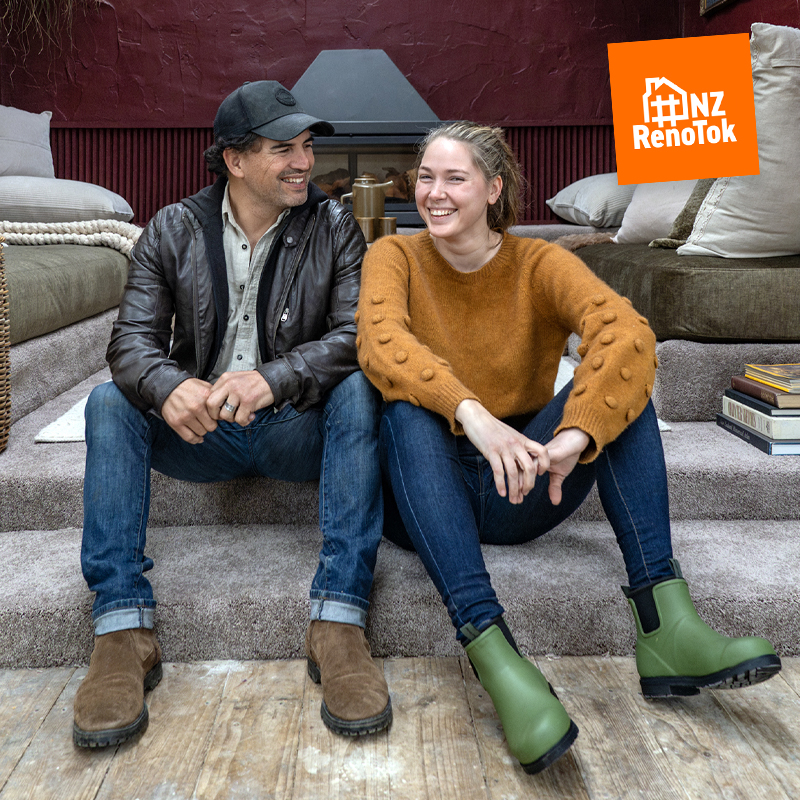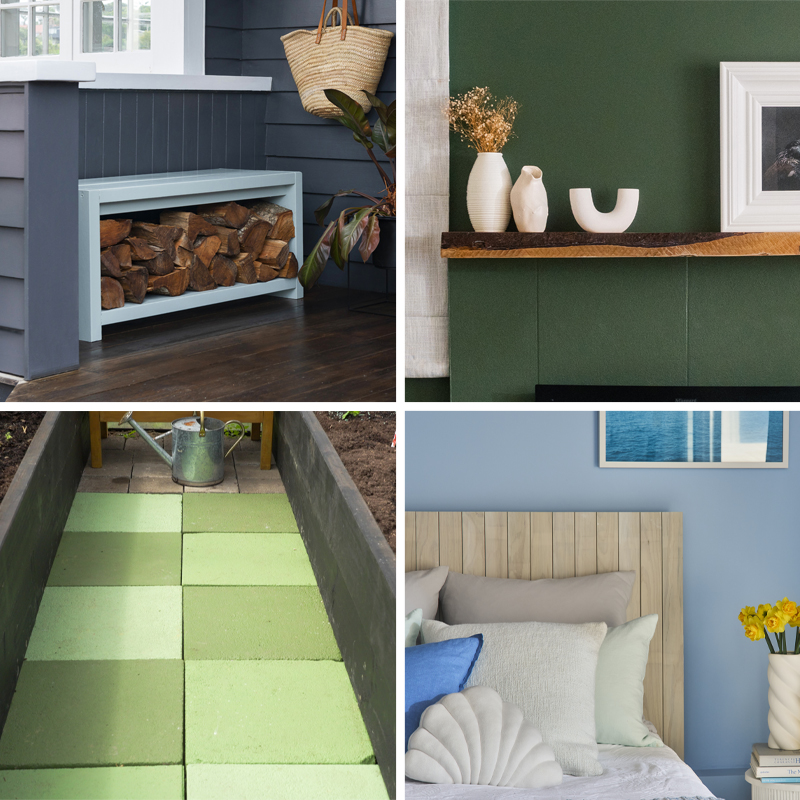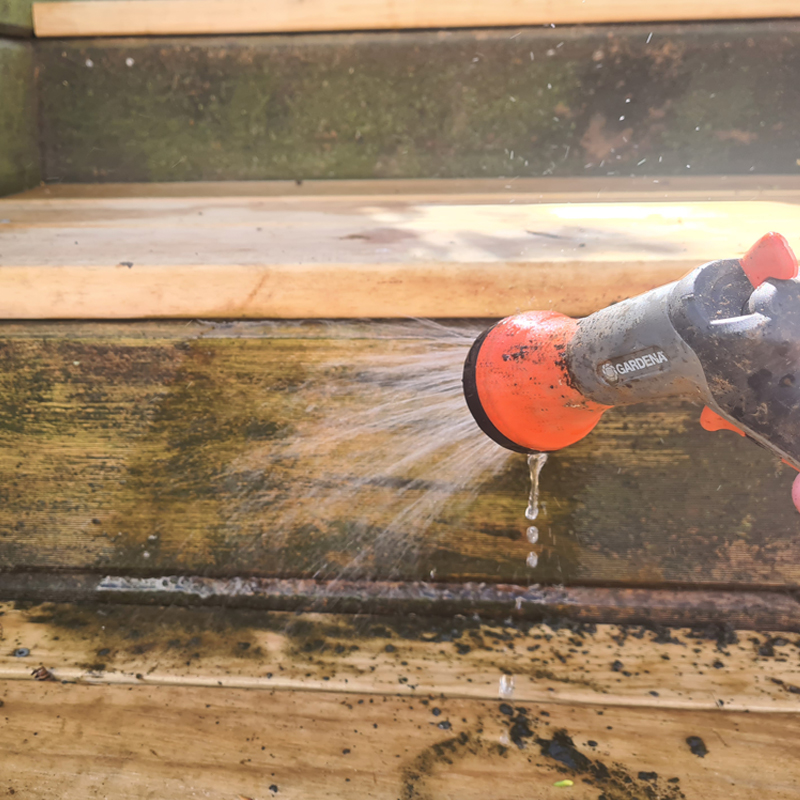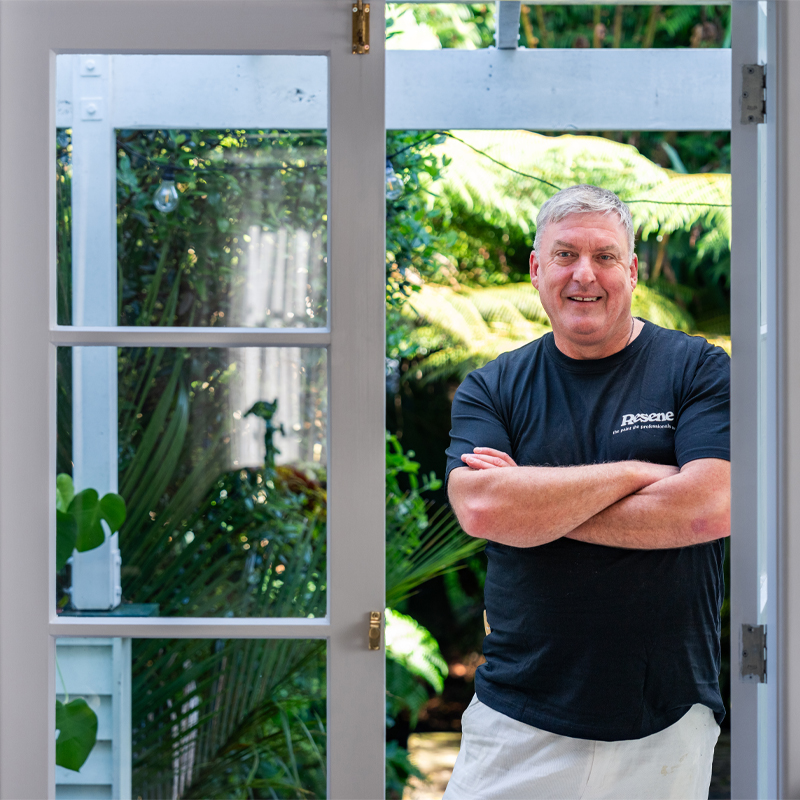There are many character homes in our part of the world, which have been crafted from timber weatherboards. This hardy and very durable building material stands the test of time, especially when it’s looked after properly and repainted every seven to 10 years.
Within that time though, you may notice that the paint can become damaged in some areas. Our southern hemisphere climate, with the scorching sun, clear skies and salt laden air, has a huge impact on all coating systems, even though Resene paint is specially designed in New Zealand to withstand these conditions.
Sun, moisture and temperature differences can all directly affect the longevity of the painted surface. Direct and reflected UV light degrades the binder and pigments of paint, resulting in chalking, erosion and colour loss. Eventually, all grades of paint suffer these effects to some degree, but lower quality paints will fail much sooner.
Moisture in the form of rain, snow, dew, condensation or sprinklers present a number of challenges to a painted surface. As well as surface effects, most coating systems allow some liquid or water vapour through. Where timber has been used, this can lead to swelling and shrinking over time, which can force the paint to fail due to movement in the substrate.
Temperature can also expand metal surfaces and have an impact on wood as it drives off moisture content. To reduce the impact of temperature on a substrate, use light colours or Resene CoolColour formulas which incorporate special pigments that reduce the absorption of heat.
To ensure the longevity of a paint system that is exposed to extreme elements, make sure you inspect your home’s exterior each year and do any repairs needed to areas that are damaged or under stress. Walls exposed to the coast tend to wear much faster, while walls on the shady side of the house will tend to harbour moss and mould.
Resene Paint Expert Murdo Shaw has noticed some areas that need a little TLC and repainting on these weatherboards, so he’s taking you through the process of how to prep and paint weatherboards.

